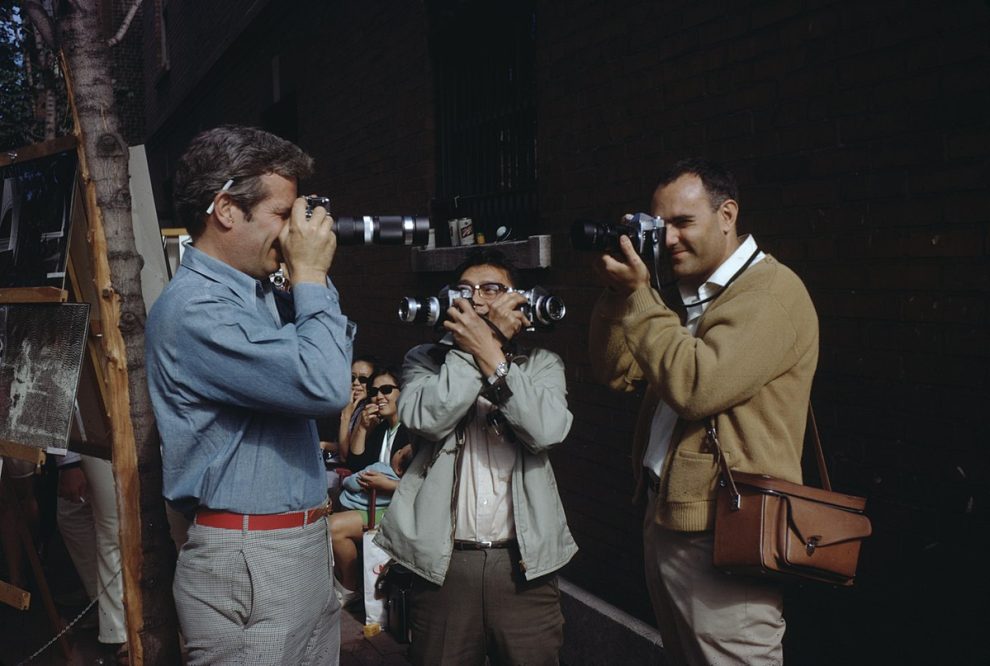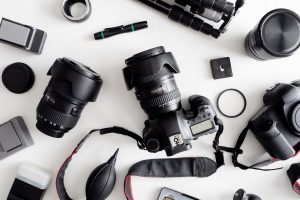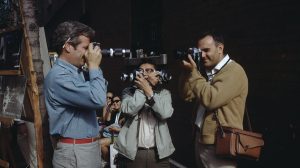Photography is more than just pressing a button; it’s a delicate art form that allows us to capture fleeting moments, tell stories, and freeze time. Photographers, as the visual storytellers of our world, employ various techniques and perspectives to create images that evoke emotions, communicate ideas, and preserve memories. Let’s delve into the world of photography to understand how photographers master the art of capturing moments.
Composition: The Photographer’s Canvas
The first pillar of photography is composition. Photographers use elements like lines, shapes, and patterns to arrange the visual elements within the frame. The rule of thirds, leading lines, and the golden ratio are common compositional guidelines that help create visually pleasing and balanced photographs. Through composition, photographers guide the viewer’s eye and convey the intended message or emotion.
Light: The Brushstroke of Photography
Light is the photographer’s brushstroke, painting the scene with its intensity, direction, and quality. Understanding how to work with different lighting conditions, from the soft, warm glow of the golden hour to the dramatic contrasts of harsh sunlight, is crucial. Photographers can manipulate light to highlight their subject, create shadows, or set a mood.
Timing: Seizing the Perfect Moment
Capturing a decisive moment is often what separates a good photograph from a great one. Photographers must be patient and observant, waiting for the right facial expression, the perfect light, or a meaningful gesture. As Henri Cartier-Bresson, the father of modern photojournalism, said, “To me, photography is the simultaneous recognition, in a fraction of a second, of the significance of an event.”
Storytelling: Photographs as Narrative
Photography is storytelling through a single frame. Whether it’s a candid street scene, a portrait, or a documentary photograph, each image has a tale to tell. Photographers carefully choose their subject and perspective to communicate the message they want to convey, making sure the composition, lighting, and timing all align to enhance the narrative.
Post-Processing: The Digital Darkroom
In the digital age, post-processing plays a significant role in photography. Photographers use software like Adobe Lightroom and Photoshop to refine their images. Post-processing allows for color correction, exposure adjustments, and creative enhancements. It’s the stage where photographers can add their unique touch to an image, bringing out the emotions and details they envision.
Camera Gear: Tools of the Trade
Photographers carefully select their camera bodies and lenses to suit their style and needs. From the compact simplicity of a smartphone to the versatility of a DSLR or mirrorless camera, the gear chosen significantly influences the outcome of a photograph. Lenses with various focal lengths, apertures, and specialties provide photographers with the tools to realize their vision.
The Photographer’s Perspective: A Unique Lens
Every photographer brings their unique perspective to their work. Their experiences, emotions, and artistic sensibilities shape their photography. Two photographers can capture the same subject, yet their images may convey vastly different stories and emotions. This individuality is what makes photography an art form, as each photographer’s vision is as distinctive as a fingerprint.
Conclusion: Capturing Moments, Creating Art
The art of photography is a blend of science and creativity. It’s the synergy between the technical aspects of camera operation and the artistic elements of storytelling, composition, and timing. Photographers possess the remarkable ability to distill the complexity of the world into a single frame, creating images that resonate with people’s hearts and minds. In this way, photographers not only capture moments; they create lasting art that transcends time and space.














Add Comment